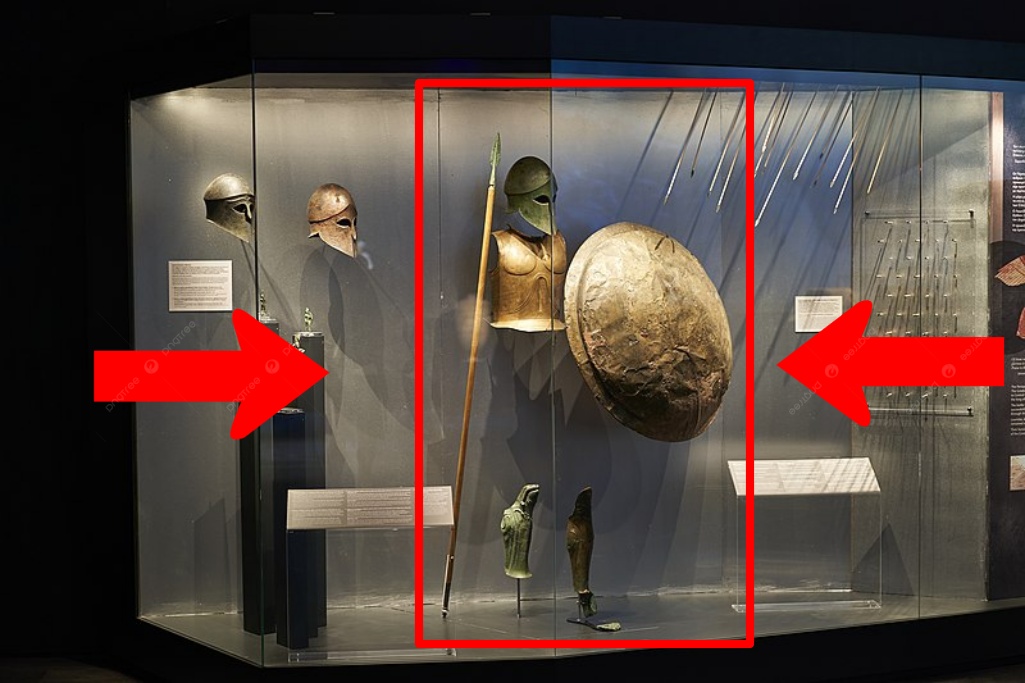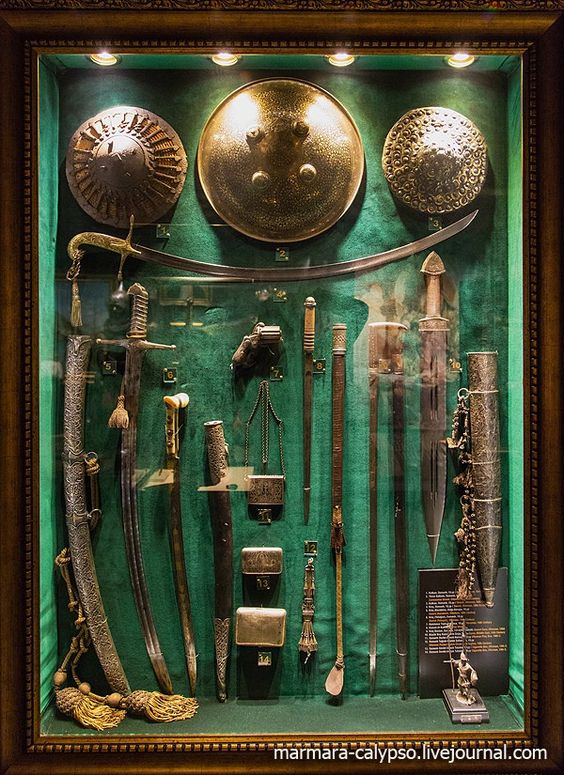Ancient Greek shields and armor are displayed alongside Persian arrowheads from the Battle of Thermopylae in 480 BC

The Battle of Thermopylae, fought in 480 BC, remains one of the most iconic clashes in ancient history. A vivid reminder of this monumental conflict is now on display: an ancient Greek shield and armor, exhibited alongside Persian arrowheads recovered from the battlefield. This display not only offers a tangible connection to the legendary battle but also provides profound insights into the military technologies and tactics of the era.

The Battle of Thermopylae was a pivotal moment during the Greco-Persian Wars, where a small Greek force, led by King Leonidas of Sparta, made a valiant stand against the vast Persian army under King Xerxes. Despite their eventual defeat, the courage and strategic prowess of the Greek soldiers left an indelible mark on history. The artifacts from this battle, including the Greek shield, armor, and Persian arrowheads, serve as silent witnesses to the fierce combat that took place.
The ancient Greek shield on display is a quintessential example of the hoplon or aspis, used by Greek hoplites. These shields were typically large, round, and constructed from wood, covered with bronze or leather. The hoplon was not only a defensive tool but also played a crucial role in the phalanx formation, where soldiers stood shoulder to shoulder, creating a formidable wall of shields. The design and craftsmanship of the shield reflect the Greeks’ emphasis on both protection and unity in battle.

Accompanying the shield is a set of ancient Greek armor, which includes a cuirass, greaves, and a helmet. The cuirass, made of bronze, protected the torso and was often intricately decorated with designs that indicated the wearer’s city-state or rank. The greaves shielded the legs, while the helmet, often adorned with a crest, provided crucial protection for the head and face. This armor was essential for the hoplites, who relied on their equipment’s durability and mobility to survive the brutal close-quarter combat typical of ancient battles.
Displayed alongside these Greek artifacts are Persian arrowheads, which starkly illustrate the weaponry used by the opposing forces. These arrowheads, typically made of bronze or iron, were designed for penetration, capable of piercing through the armor of the Greek soldiers. The presence of these arrowheads among the Greek artifacts underscores the intensity of the conflict and the lethal efficiency of the Persian archers. The contrasting technologies highlight the differing military strategies: the Greeks with their heavily armored hoplites and the Persians with their reliance on archery and numbers.

The exhibition of these artifacts offers a unique educational opportunity, allowing visitors to visualize the realities of ancient warfare. The Greek shield and armor provide insights into the physical demands placed on the soldiers and the level of craftsmanship that went into producing their equipment. Meanwhile, the Persian arrowheads serve as a reminder of the ever-present threat faced by the Greek hoplites from a distance.
Furthermore, this display serves to honor the memory of the warriors who fought and fell at Thermopylae. The artifacts symbolize the bravery, resilience, and sacrifice of those who stood against overwhelming odds. The story of their stand has been immortalized in historical texts and popular culture, and these physical remnants bring that story to life in a powerful and poignant way.

The Battle of Thermopylae continues to inspire and fascinate scholars, historians, and enthusiasts of ancient history. The artifacts on display not only enrich our understanding of the battle itself but also provide a broader context for the study of ancient military history. They remind us of the complexities of warfare, the advancements in technology, and the enduring human spirit in the face of adversity.
In conclusion, the exhibition of the ancient Greek shield and armor, alongside Persian arrowheads from the Battle of Thermopylae, offers a compelling glimpse into one of history’s most legendary battles. These artifacts bridge the gap between past and present, allowing us to connect with the heroes of antiquity and appreciate the legacy they left behind.